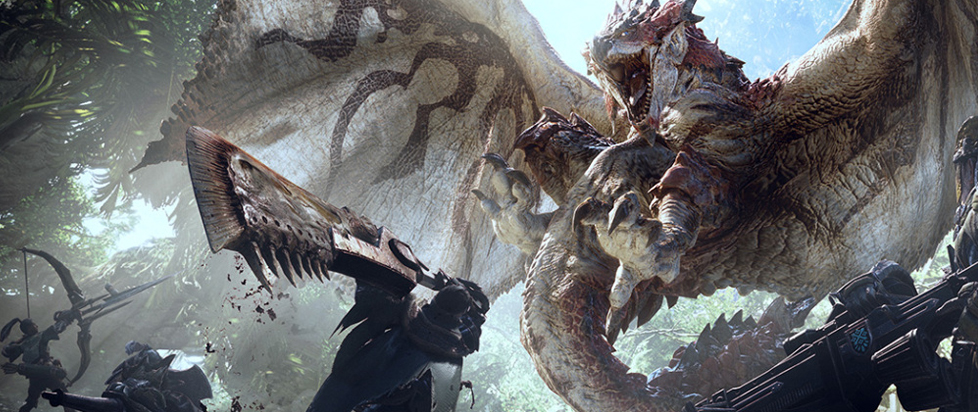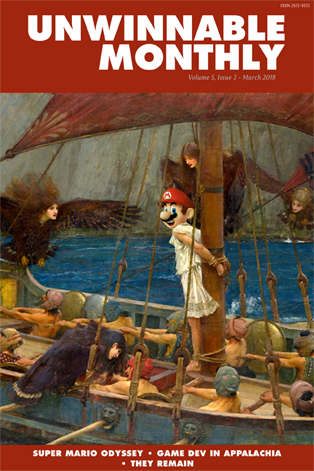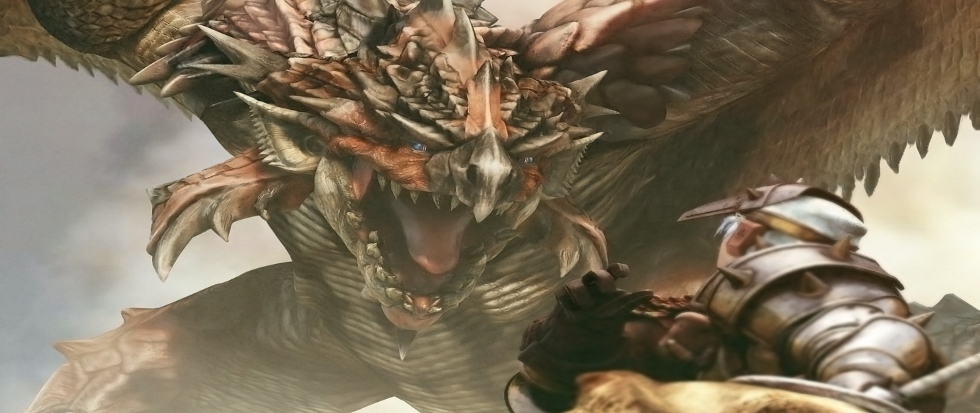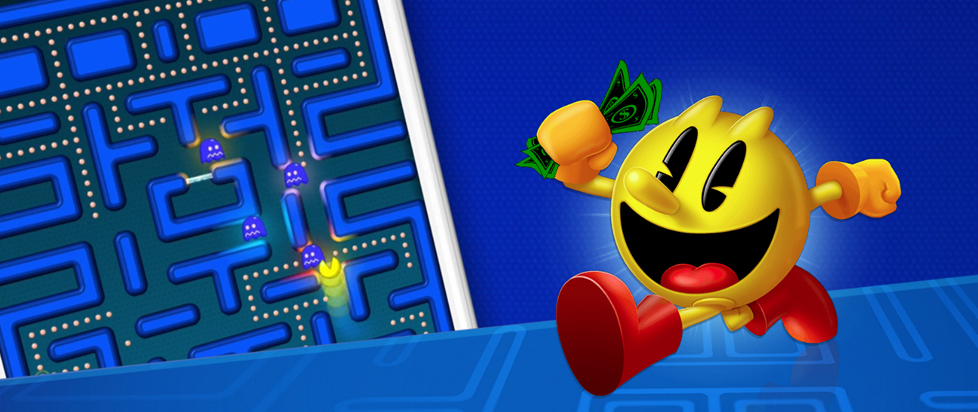
Monster Hunter and the Mainstream
 This column is a reprint from Unwinnable Monthly #101. If you like what you see, grab the magazine for less than ten dollars, or subscribe and get all future magazines for half price.
This column is a reprint from Unwinnable Monthly #101. If you like what you see, grab the magazine for less than ten dollars, or subscribe and get all future magazines for half price.
———
Here’s the Thing is where Rob dumps his random thoughts and strong opinions on all manner of nerdy subjects – from videogames and movies to board games and toys.
———
There’s this tendency people have, when they like to view the success of indie creators as some sort of failure. It’s fine when they’re struggling and “doing it for the passion,” but the moment they have any sort of mainstream success it’s some sort of death knell for everything the original fans hold dear. Almost as if success is some kind of poison.
Don’t get me wrong, I’m familiar with the concept of “selling out,” but that was a dumb excuse people used to justify their disdain for something they enjoy going mainstream long before the word “hipster” became common in our vocabulary. Here’s the thing: It’s entirely possible for something niche to find mainstream success without ruining everything for the core audience. In fact, Monster Hunter: World proves that it’s possible to appeal to a wider audience while also making things even better for long time fans.
As an outsider looking in, it always seemed as if the Monster Hunter series had been trying to break into mainstream gaming outside of Japan ever since 2004, when the original launched on the PlayStation 2. I mean, it’s Capcom, so of course they wanted a successful game, but while the original was well loved by just about everyone who managed to stick with it long enough to hunt their first wyvern, the barrier for entry was way too high for most players. Several hours of running around gathering herbs and cooking meat will do that.
I remember thinking that the jump to the portable market would be what finally did it, with Monster Hunter Freedom Unite getting way more recognition in the US than the previous games. But nope. How about the 3DS games (Monster Hunter 3 Ultimate, Monster Hunter 4 Ultimate, Monster Hunter Generations)? Also nope, though the 3DS games did seem to generate more and more buzz as the series continued on Nintendo’s handheld.
[pullquote]I remember thinking that the jump to the portable market would be what finally did it, with Monster Hunter Freedom Unite getting way more recognition in the US than the previous games. But nope.[/pullquote]
Then along comes Monster Hunter: World. The console Monster Hunter that some fans had been clamoring forever since the series moved to handhelds (as though being on a handheld somehow makes a game “lesser,” but that’s a rant for another time). Not just a console, but a modern console (and PC, eventually). And yeah, I’m sure the shit-ton of marketing Capcom and Sony were putting behind the game definitely helped to generate interest, but hype does not equal success and it was Monster Hunter: World itself that finally managed to get more than just veteran hunters excited. We can attribute some of that mainstream success to the platform and the marketing and the fact that the game is undeniably the best-looking title in the series, but that’s not what gave it legs beyond launch.
What Monster Hunter: World does so much better than the previous games is accessibility – and I don’t just mean “making things easier for new players.” It gets players off and running on exciting hunts within the first half hour or so, rather than making players spend several hours learning how to craft. It streamlines the gathering and crafting system so that picking up materials is much faster and items can be created automatically. It adds a quick select radial menu. It gives players an infinite stockpile of whetstones to sharpen their weapons with – an item that in every prior game had to be bought or mined for, and carried around in a stack that could deplete and also would take up inventory space. I could go on.
This is what Monster Hunter: World gets right and what I’ve seen other series falter with as they start to cross that line into the mainstream. Yes, the game is definitely the most accessible it’s ever been, but not because it’s dumbed down the gameplay or removed features that might turn off a less familiar audience. The developers didn’t carve the game up and slap new pieces on to see what might appeal to more people; they took what was already there and polished it. Then they streamlined it. And it’s that polish, that streamlining, that both makes the game so much easier for new players to learn and makes veteran players happy. The barrier for entry has been lowered, but the core game hasn’t changed at all. It’s just that now more people can see what’s always been there, and what we’ve been trying to tell them about for years but they just won’t listen because “it’s too slow” or whatever.
Anyway I’m gonna go tag-team a high rank Diablos.
———
Rob Rich has loved videogames since the 80s and has the good fortune to be able to write about them. Catch his rants on Twitter at @RobsteinOne.




